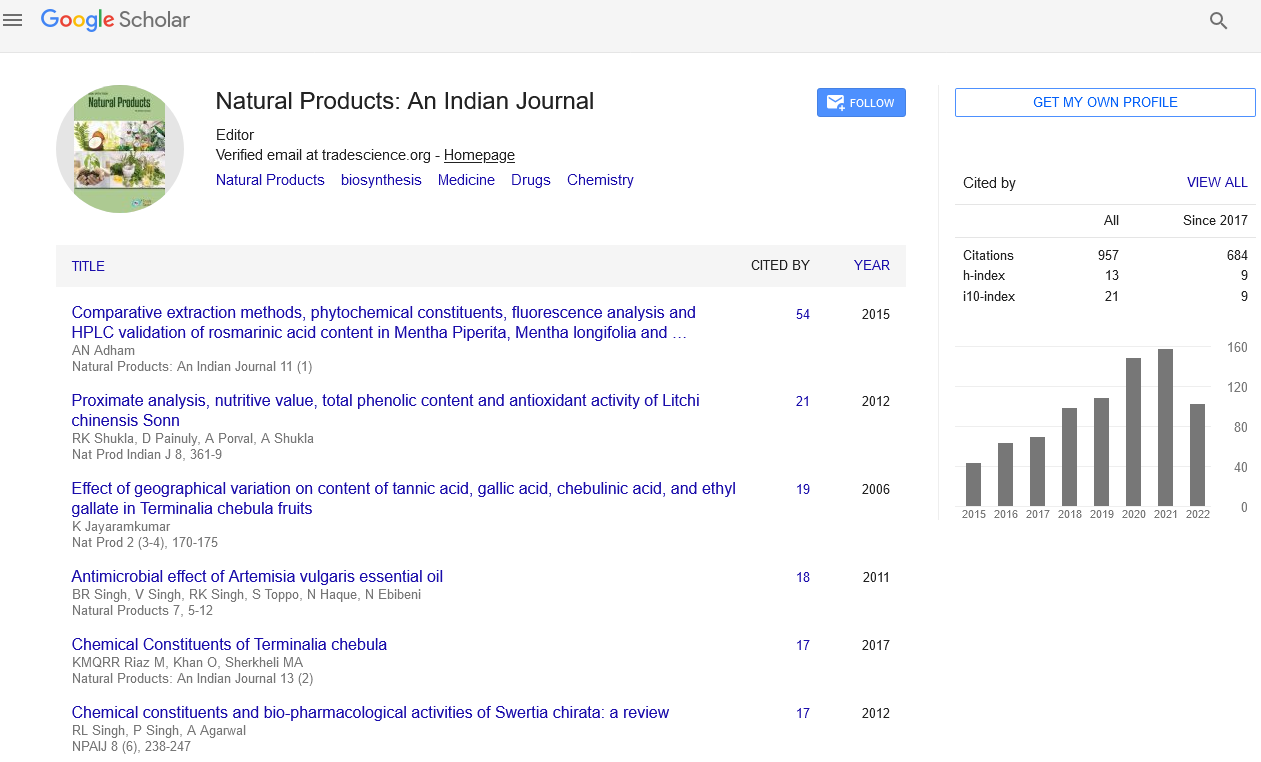Abstract
Timely Provision of DL
Author(s): Akbar NikkhahÐÂe objective of this article was to signify the importance of providing dLÙ?Ù´erent feed ingredients of especially forage and concentrate to dairy ruminants at right times of the 24-h period. While specLficDOO\ unexplored for dLÙ?Ù´erLnJ feed ingredients, timing of eating has already been discovered as a key regulator of circadian rhythms of nutrient intake, rumen fermentation and intermediary metabolism [1-4]. ÐÂLs article develops a foundation based upon which dLÙ?Ù´erent feed items particularly and generally forage and concentrate possess optimum provision times. Recent research revealed that dairy cows fed total mixed rations once daily at night vs. morning exhibit more pronounced increases in feed intake and rumen volatile fatty acids and ammonia concentrations shortly post-feeding [5,6]. As a result, peripheral levels of key metabolites increase more sLJnLficDntO\ in night-fed vs. morning-fed dairy cows [6]. However, such an increased peak in acid production and a lower nadir in rumen pH did not compromise rumen function and dairy production. Notably, milk energy production and in some cases feed intake were increased by nocturnal vs. diurnal feeding [6]. ÐÂese findLnJs suggest that rumen and the whole ruminant can eÙ?Ù´ectLveO\ tolerate increased fluctuDtLons in metabolism nocturnally. ÐÂLs suggestion founds a theory that those ingredients that are considered more risky to rumen and ruminant health should have optimal times of provision during the 24-h period. Based on recent findLnJs [7,8], rumen experiences a greater volume and fermentation rate and extent overnight vs. during day. ÐÂLs suggests that rumen physiology and metabolism do function under specialized circadian rhythms. Synchronizing such rhythms with the external environment including feeding timing and photoperiod should enable optimizing nutrient use eÙ¹cLenc\ and dairy farm economics. Future research on the above synchronies is a must before global guidelines on optimal circadian times of the provision of specLfic feed ingredients may be formulated.

